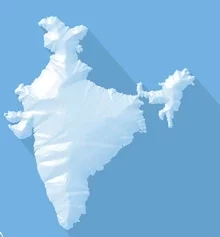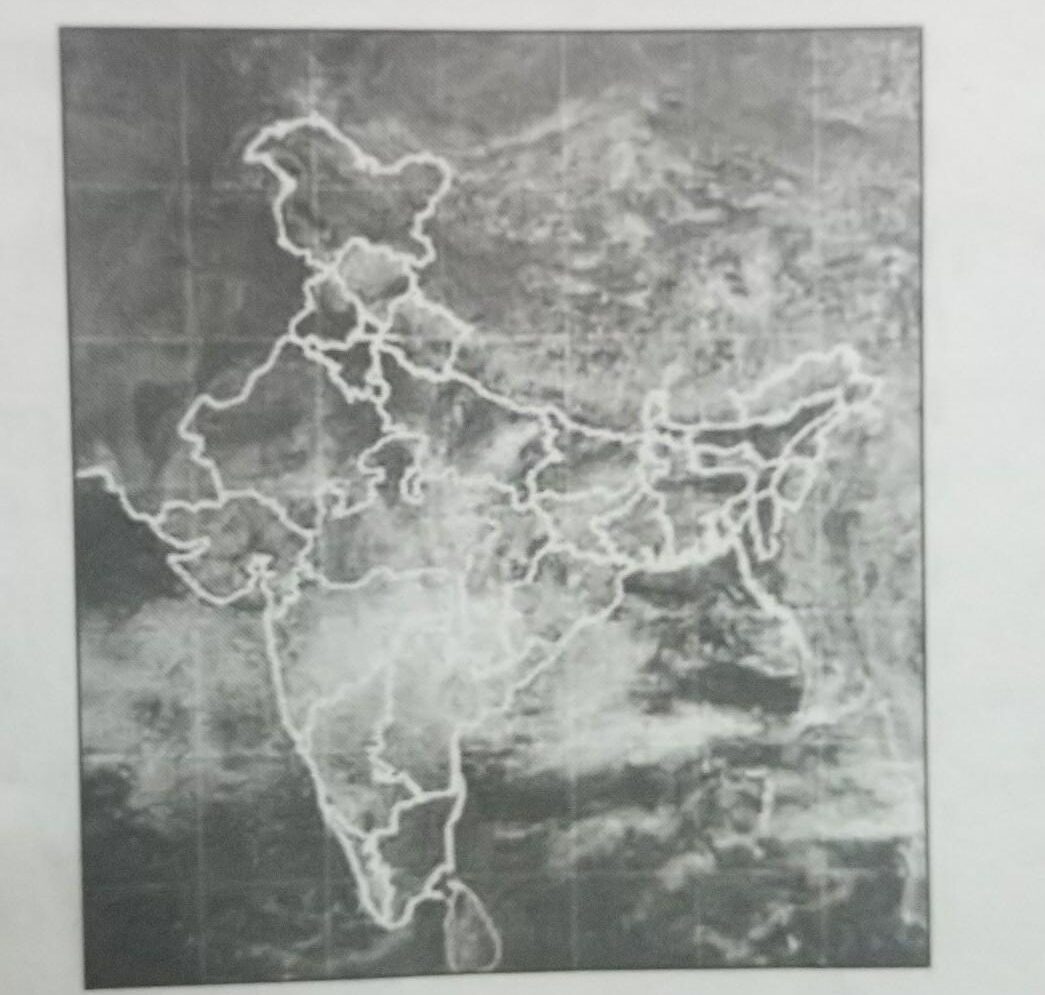When air with a very high content of water vapour goes from a region of high pressure to a region of low pressure or vice versa that is called clould .
”Rain is made up of water droplets that condense from atmospheric water vapour and then fall to the ground due to gravity.”
When water bodies are heated during the day, a large amount of water evaporates and goes into the air. Some amount of water vapour also get into the atmosphere because of various biological activities. This air also gets heated. The hot air rises up carrying the water vapour with it. As the air rises, it expands and cools. This cooling causes the water vapour in the air to condense in the form of tiny droplets. This condensation of water is facilitated if some particles could act as the ‘nucleus’ for these drops to form around. Normally dust and other suspended particles in the air perform this function.


Once the water droplets are formed, they grow bigger by the ‘condensation’ of these water droplets. When the drops have grown big and heavy, they fall down in the form of rain. Sometimes, when the temperature of air is low enough, precipitation may occur in the form of snow, sleet or hail.
Rainfall patterns are decided by the prevailing wind patterns. In large parts of India, rains are mostly brought by the southwest or north-east monsoons. We have also heard weather reports that say ‘depressions’ in the Bay of Bengal have caused rains in some areas.
